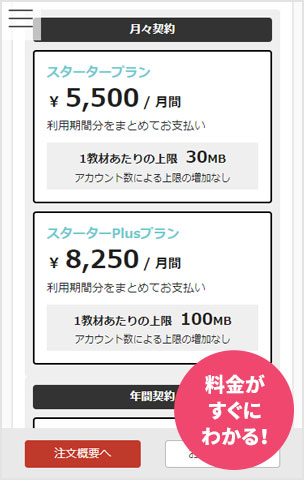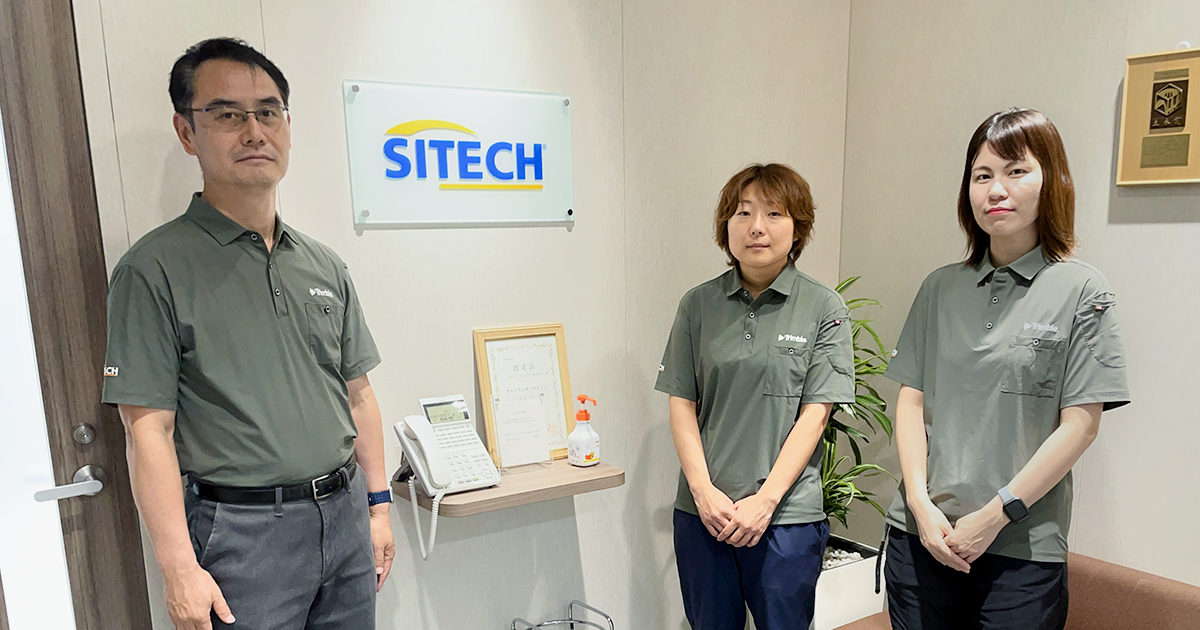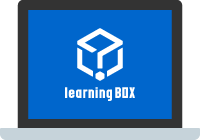Effectively Utilizing e-Learning in Elementary Education
Released on
Released on

Mr. Shinya Takamatsu

- Prolonged closure of the school due to the COVID-19 pandemic
- Limited uploadable capacity for video materials, etc.
- Some students and parents are unfamiliar with digital tools


- Continuous support and education even during school closure
- Enough capacity to upload files to deliver materials
- Easy to use for anyone
Doshisha Elementary School is affiliated with Doshisha University, which traces its roots back to Doshisha English School founded by Joseph Hardy Neesima in 1875. Since opening its doors in 2006, the school has been committed to nurturing a spirit of “conscience” based on Christian values. Emphasizing the importance of the learning process over simply arriving at the correct answer, the school practices a unique educational approach known as “Michikusa Education,” which encourages students to discover answers on their own. In addition, the school places a strong focus on fostering “true global citizens” who can appreciate and respect others across national and cultural boundaries. This is achieved through initiatives such as study trips to Amherst College in the United States and exchange programs with elementary schools in Australia and Taiwan.
We recently had the opportunity to speak with faculty members at Doshisha Elementary School about their approach to e-learning.
Ensuring a Learning Environment Even During School Closures
Could you start by telling us about the unique characteristics and educational philosophy of your institution?
At Doshisha Elementary School, we place great value on each child’s independence. Students are encouraged to make their own choices and take initiative in both their studies and daily school life. Rather than a traditional top-down teaching model, we emphasize a student-led approach where children actively engage in learning and gain experience through their own efforts.

What were the circumstances or challenges that led to the decision to implement learningBOX?
One of the most urgent challenges we faced was how to maintain a learning environment during school closures. When schools were closed in March 2020 due to the COVID-19 pandemic, we initially expected the closure to last about a month. We planned to get through this period by assigning take-home work to students. However, as the closure extended into April and beyond, it became clear that we needed a more sustainable solution to support our students’ learning.
While we had a basic system in place for distributing materials, it was not equipped to handle the increased demand. The system struggled under the load when many parents accessed it simultaneously, and it lacked essential features such as efficient data retrieval and sorting capabilities. Additionally, as teachers began creating more video content and assignments, we quickly ran into storage limitations.
It was during this time that we were introduced to learningBOX, an e-learning system recommended by an acquaintance. We began by trying out the Free Plan and gradually built our system while consulting with your team to explore customization options and ensure it met our needs.
Thank you very much. Could you share what aspects of our service led you to officially adopt it?
In a word, it was the perfect fit for our needs. Since our students are children and some of their guardians are not very familiar with digital learning tools, the simplicity, clarity, and ease of use were key factors in our decision. Additionally, the ability to reliably host videos and PDFs of a certain size was another major advantage.
We are currently using the Starter Plan and embedding videos via Vimeo, but as we’re starting to run out of storage space, we’re now considering upgrading our plan.
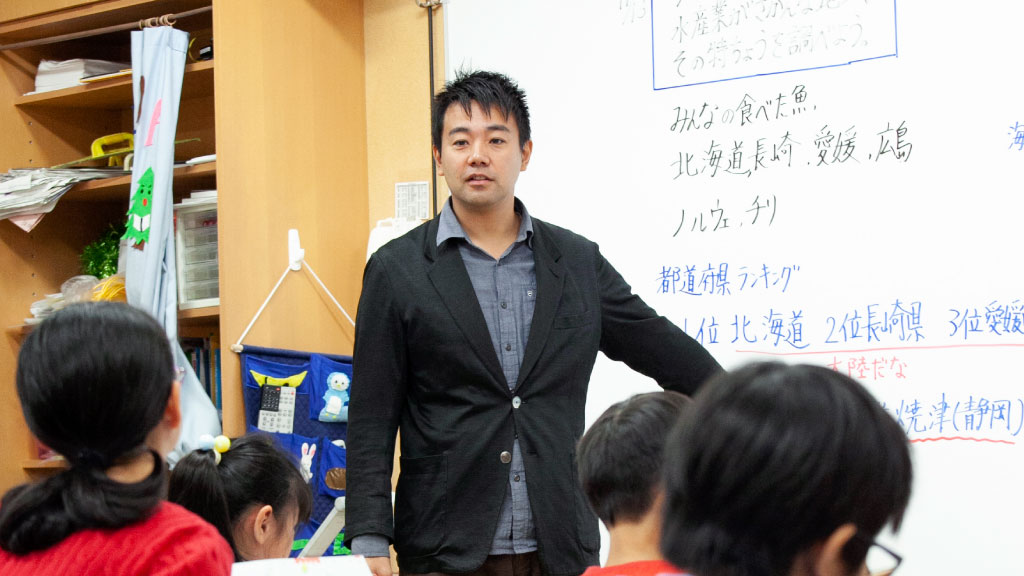
Easy for Students, Parents and Teachers
We understand that Mr. Takamatsu and other teachers are also using the system. Have you received any feedback or requests from them?
We haven’t heard any complaints or specific requests, so we believe the other teachers are also satisfied with the system. It’s designed to be very straightforward, which makes it easy for all of us to use without any hassle. The system allows teachers to use it in the way that best suits their teaching style, which makes it a great match for our school.
It’s been about two years since we started using the system, and it has truly become an essential part of our operations. Together with learningBOX, we also use the apps LoiLoNote School and Zoom, and these three tools form the foundation of our classes. Especially during school closures, we often think about how difficult things would have been without learningBOX. We’re truly grateful.
Have you ever used learningBOX during tests or in-class lessons?
At our school, we primarily use learningBOX to support online lessons and to check assignments completed at home. We do not currently use it for testing purposes. This is because our educational philosophy places greater emphasis on descriptive responses and peer-to-peer dialogue rather than simple question-and-answer style tests. As such, we are not considering using the platform for test-based assessments at this time.
Each student is equipped with a personal tablet device, but rather than using them for drills or quizzes, we utilize them mainly for watching instructional videos related to their assignments. From there, students are encouraged to think independently and arrive at their own answers. Currently, we collect their responses using a tool called LoiLoNote. However, we’ve learned that learningBOX can handle not only video distribution but also the submission and grading of student responses in a single platform. We’re very interested in exploring this functionality further with your support.
While testing features may be more in demand in corporate training or secondary education settings, we believe that in elementary and early childhood education, the true value of learningBOX lies in its broader applications beyond testing.
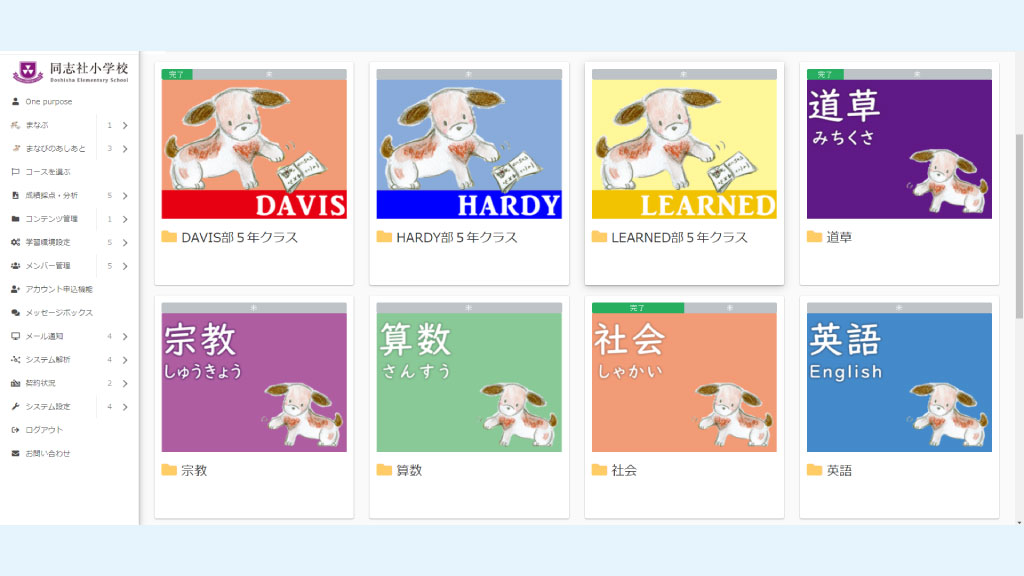
Sharing Lesson Videos Among Teachers to Foster Collaboration
You mentioned that videos are a central part of your approach. Are they used across all grade levels?
Yes. For example, with first-grade students, we make lesson videos available so that parents can also view them during review sessions at home. Many parents have expressed uncertainty about how to support their children’s learning at home, so these videos have proven to be extremely helpful. Additionally, since in-person classroom visits are currently limited, we sometimes upload videos of actual lessons to give parents a glimpse into their child’s learning environment.
While we haven’t formally implemented it as a training program, we’ve also used these videos internally among teachers to share teaching practices and exchange feedback. This has been a valuable tool for professional development and collaboration.
How else are you currently using learningBOX?
In my class, we use learningBOX to distribute the weekly schedule. While we still hand out paper copies, uploading the schedule to learningBOX ensures that it reliably reaches parents. This was especially helpful during school closures, when students couldn’t come to school in person. During that time, we asked families to check the weekly schedule and grade newsletters through learningBOX.
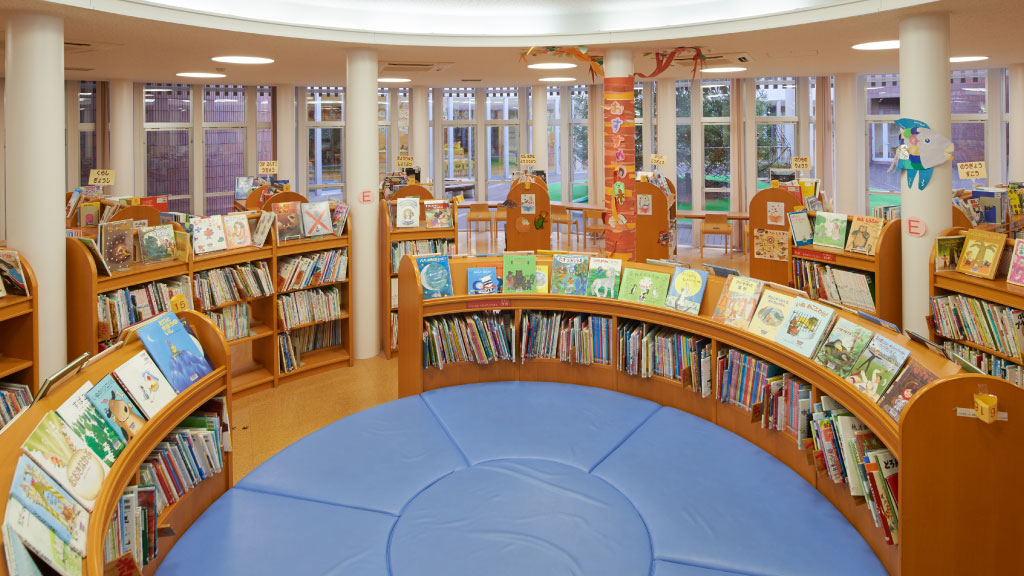
Thank you. Lastly, do you have any requests or ideas for how you’d like to use the platform in the future?
As I briefly mentioned earlier, one of the features I appreciate is the ability to collect and manage students’ written responses. I’d love to continue working together to create a more streamlined and integrated management system. Additionally, I think it would be great if students could communicate with each other directly through learningBOX. I’m sure there’s still a lot more we could be doing with the platform, but we haven’t quite caught up to all the possibilities yet. I’d really welcome any suggestions or ideas you might have.
I am sure we can do more than we are doing now, but we have not quite caught up to that point yet. We would be glad to hear your suggestions.
Thank you for your participation
.

